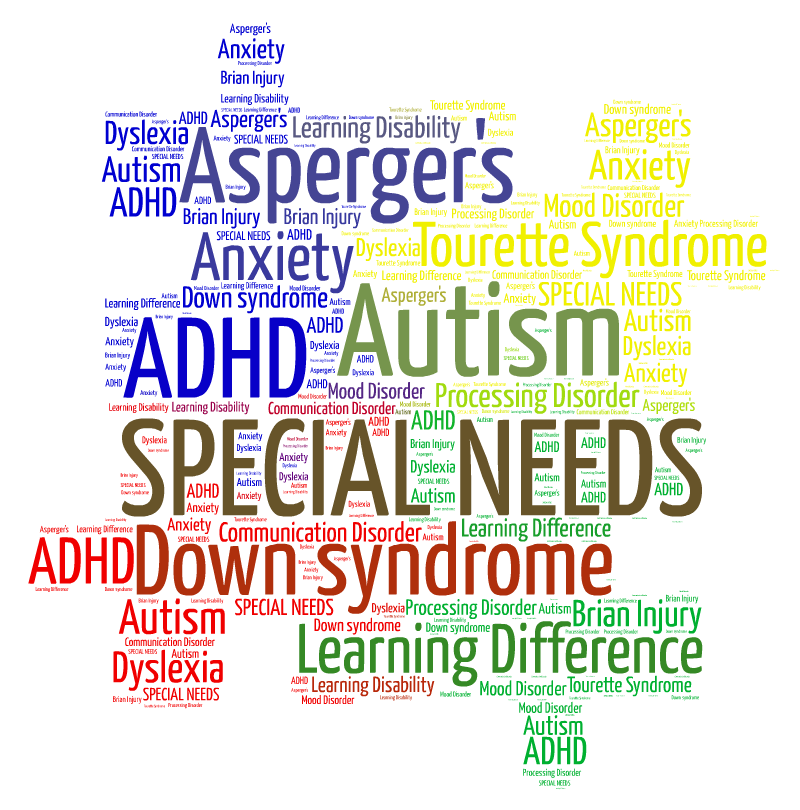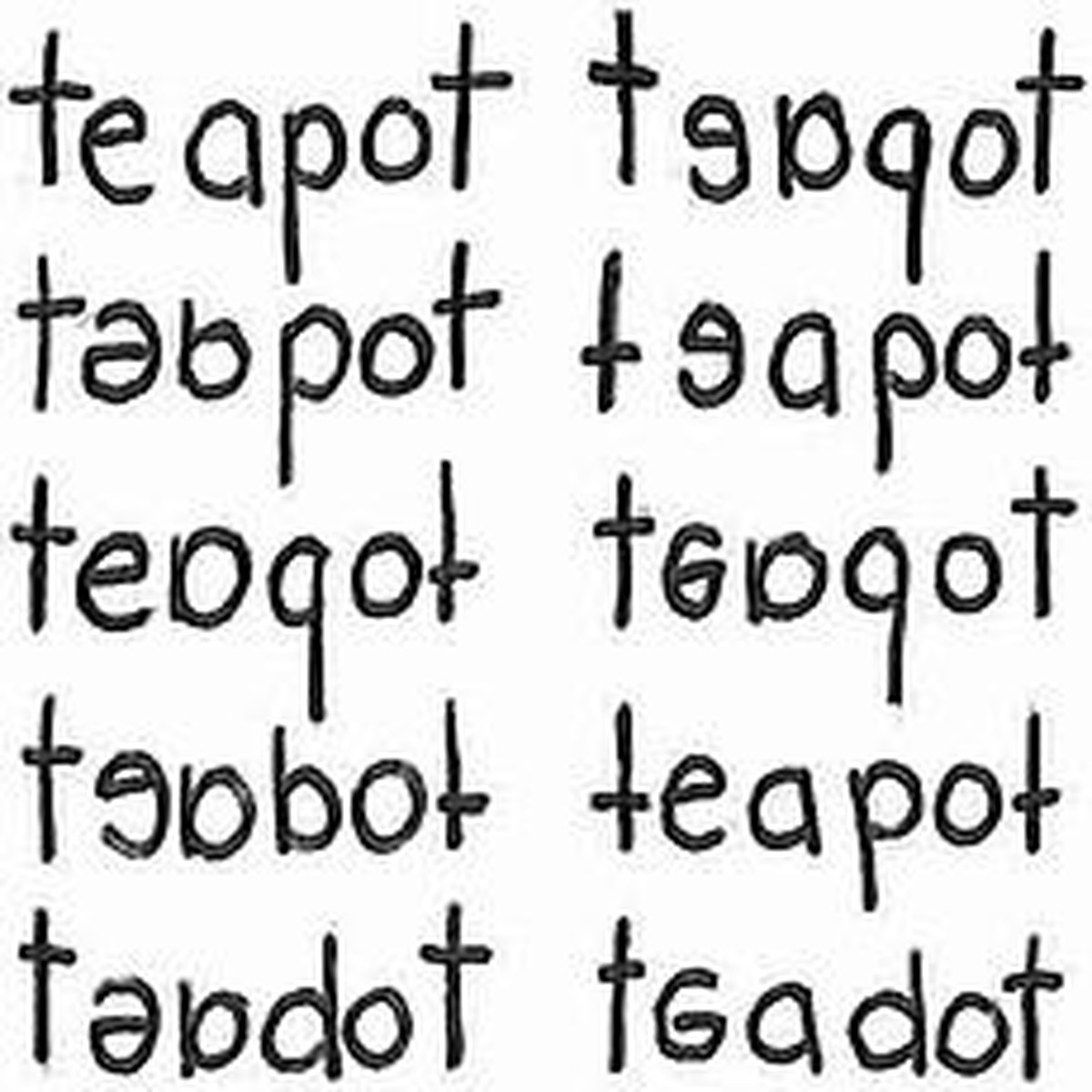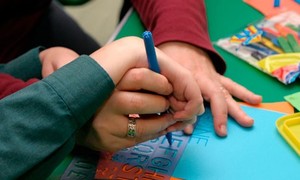SEND, Equality, Diversity & Inclusion

Our Inclusion Coordinator is: Mrs C Elson
Our Governor with responsibility for SEND is: Mrs C Everett
We are committed to providing an appropriate and high quality education to all the children living in our local area. We believe that all children, including those identified as having a Special Educational Need or a Disability (SEND) have a common entitlement to a broad and balanced academic and social curriculum, which is accessible to them, and to be fully included in all aspects of school life.
Children are all different and make progress at different rates. They have different ways in which they learn best. Our teachers take account of this in the way they organise their lessons and teach. Children making slower progress or having particular difficulties in one area may be given extra help or different lessons to help them succeed.
The Draft Special Educational Needs (SEN) Code of Practice: for 0 to 25 years (Statutory guidance for organisations who work with and support children and young people with SEND) is the document which gives guidance on increasing options and improving provision for children and young people with Special Educational Needs. This definition appears at the beginning of the document:
A child or young person has SEN if they have a learning difficulty or disability which calls for special educational provision to be made for them. A child of compulsory school age or a young person has a learning difficulty or disability if they:
(a) have a significantly greater difficulty in learning than the majority of others of the same age; or
(b) have a disability which prevents or hinders them from making use of educational facilities of a kind generally provided for others of the same age in mainstream schools or mainstream post-16 institutions.
A child under compulsory school age has special educational needs if they fall within the definition at (a) or (b) above or would so do if special educational provision was not made for them (Clause 20 Children and Families Bill).

We are committed to narrowing the attainment gap between SEND and Non-SEND pupils. We do this through a variety of different provisions which may include after school interventions, short-term specific interventions, home-school interventions and other learning interventions developed on an individual needs basis. To see our school's Provision Map, Accessibility Plan and Local Offer Information Report, please click on the links at the bottom of this page.
Working With Families
Parents know their children best and we want to take into account your views and experience to increase the effectiveness of any provision put in place for the child.

The process of identifying that a child might need additional support or assessment will involve a conversation between school and parents at the earliest opportunity. This makes sure that parents are always consulted at every step and kept fully informed about the help their child is given and the results of that help.
If your child is receiving additional support because of a Special Educational Need or disability, you will receive a copy of your child's SEND Support Plan each time it is reviewed. This gives details of the specific targets your child is working towards and how we can work, in partnership, to help your child achieve these targets.
You will also be invited into school to talk about how your child is doing - what is working and what we might need to do differently. This meeting is in addition to our Parents' Evenings. Coming to these SEND consultations gives you an opportunity to talk in greater detail about the support that is in place for your child and to ask questions or give us information.
We work closely with parents of children with more complex needs, in order to support them in school, wherever it is appropriate and possible. We have worked with parents to learn how to support children with medical conditions; those who need specific pieces of equipment or technology; those who need to continue prescribed therapeutic regimes (speech and language, occupational therapy, physical therapy); and those who need to attend other schools to access part of the curriculum.
If you have any questions about what is possible, please come and talk to us.
Useful Links:
KIDS
Offers information and support for parents and carers of disabled children and young people aged 0 - 19 in Hertfordshire
Families in Focus
http://www.familiesinfocus.co.uk/
The parent network offering emotional support and information in structured themed sessions
Herts Parent and Carer Involvement
http://www.hertsparentcarers.org.uk/
ADD-Vance
A registered charity set up in Hertfordshire in 1996. They provide specialist information, training and advice for children, adults and families on issues relating to Autism, ADHD and other conditions.
Angels
A parent led voluntary organisation and Registered Charity set up in North Hertfordshire to support parents and carers of children with Attention Deficit Hyperactivity Disorder (ADHD) and/or Autistic Spectrum Condition (ASC).
https://www.angelssupportgroup.org.uk/
SEND
Intent
- Roebuck Academy’s curriculum is ambitious and is designed to give all learners, particularly the most disadvantaged and those with special educational needs/and or disabilities (SEND) or high needs, the knowledge and cultural capital they need to succeed in life.
Examples; High quality, inclusive teaching and learning evident across the school. High expectations are made explicit for all pupils. The classroom environment and resources provide support for pupil learning as reflected in provision maps. Lessons are well planned with clear and focussed learning objectives and success criteria. Reasonable adjustments and special educational provision are planned effectively. Teaching Assistants are deployed to meet needs. Effective feedback is given to move pupils learning on. SLT made a strategic decision to place the part time SENCo in Nursery as a nursery teacher to meet all parents, build positive relationships and have a good knowledge of pupils as they move through the school. Provision mapping, working in partnerships with parents, supporting colleagues, commissioning services, demonstrating pupil progress and contributing to whole school improvement. Home visits and pre placement visits ensure a good knowledge of all pupils needs at the onset of their time at Roebuck Academy. Subject leader and SENCo partnerships with secondary schools to support transition, works closely with Governors, (article written by arts lead in Primary School Management Magazine), music service project for pupils with SEND/anxiety, pupils with SEND tracked in the Arts.
- Roebuck Academy’s curriculum is coherently planned and sequenced towards cumulatively sufficient knowledge and skills for future learning and employment.
Examples; Regular reflection of current policy and practice in line with the Code of Practice. Local offer of services available for supporting children with SEND and their families displayed on website and in front entrance of the school. The SEND policy highlights transition arrangements and dream catcher assemblies to promote aspiration. New music scheme has got a sequence of lessons to support pupils with SEND to promote knowledge and skills adopted this year. Sports specialists teach and promote dance throughout the school- extra lessons take place for some pupils with SEND.
- Roebuck Academy’s enable learners to study a full curriculum. We ensure this by teaching a range of subjects for as long as possible, ‘specialising’ only when necessary.
Examples; Roebuck offers a wider curriculum choice through the teaching of STEM subjects, Arts, Sports and computing. Numicon in EYFS and Inspire Maths ensures over learning and long-term memory by moving through concrete, practical, abstract learning. Readit2 in EYFS and Daily Supported reading support early reading. Consistency across the school supports transition including the use visual time tables. The STEPS based policy for behaviour is used across the school. In dance lessons children spend a series of 6 weeks teaching and over learning skills to be shared in a performance. These skills are then developed and built on in the next round of lessons. Art skills are developed through access art, 10 minutes a day to overlearn and practice drawing techniques with a range of media. The Music Scheme builds in new skills which are revisited in each lesson.
Implement
- Roebuck Academy’s teachers have a good knowledge of the subjects they teach. Leaders provide effective support for those teaching outside their main areas of expertise.
Examples;
Both Special Needs Coordinators have successfully achieved the National Qualification for Special Educational Needs Coordinators. A whole-school approach to supporting pupils with SEN has clear support from senior leaders; the SLT and two governors have carried out SEN learning walks across the year. The SENCos have introduced regular meetings with staff in order to support them in planning interventions for identified pupils (Hertfordshire Improvement Partner Report November 2019).
An ISL team worked with the school in October 2018 to strengthen SEN provision across the school. An SEN action plan was drawn up and implemented. In June 2019 the impact of the SEN action plan was reviewed jointly by the ISL area lead practitioner, the head teacher and the two SENCos. Leaders carry out learning walks and plan CPD based on the needs of the staff and pupils. Leaders take time to research and identify the best schemes to support teacher knowledge. External advice is sought through NESSIE, SAS team, Speech, Music Service, DSPL2. Leaders give staff updates after attending subject leader clusters once a term. In October 2019 SEND provision was reviewed with ISL lead practitioner and next steps were put into place.
- Teachers present subject matters clearly, promoting appropriate discussion about the subject they are teaching. They check learner’s understanding systematically, identify misconceptions accurately and provide clear, direct feedback. In doing so, they respond and adapt their teaching as necessary, without necessarily elaborate or differentiated approaches. Teaching is designed to help learners remember in the long term the content they have been taught and to integrate new knowledge into larger concepts.
Examples; Systematic monitoring by the leaders identify needs for CPD. Teachers are given individual feedback and support such as coaching, observing other teachers or specialists is put into place as ongoing CPD. Teachers and leaders use assessment well, for example to help learners embed and use knowledge fluently or to check learning and inform teaching. Leaders understand the limitations of assessment and do not use it in a way that creates unnecessary burdens for staff or learners.
Examples; Learning walks show teacher assessment is used effectively to inform teaching. Whole school assessment format has been simplified and needs to be reviewed further based on teachers and leaders’ feedback now it has been in place for a year e.g. Disadvantaged children, SEND need to be highlighted on each class. Staff could add the title of topic and discrete skills for each subject so leaders can see what has been taught and identify any gaps across the school in teaching of skills and knowledge.
Needs to be a whole school agreement and understanding of what Greater Depth looks like in the arts subjects-leaders to develop, see next steps below. Leaders need to refer to assessment sheets when monitoring through learning walks and book looks to match data with pupils and teachers assessment.
- Teachers create an environment that allows the learner to focus on learning. The resources and materials that teachers select- in a way that does not create unnecessary workload for staff-reflect he providers ambitious intentions for the course of study and clearly support the intent of a coherently planned curriculum, sequence towards cumulatively sufficient knowledge and skills for future learning and employment.
Examples; CPD has been provided on ASD, PDA, Visuals, Sensory, High quality teaching for all. School has been asked to write a case study for SAS team.
Impact
- Learners develop detailed knowledge and skills across the curriculum and, as a result achieve well.
Examples; Case studies for Year 6 pupils show progress where assessments may not show progress.
- Learners are ready for the next stage or education, employment or training. Where relevant, they gain qualifications that allow them to go on to destinations that meet their interests, aspirations and the intention of their course of study.
Examples;
'Interventions introduced to target key times of the day include social stories during breakfast club and support with cutlery skills and social skills during lunch club,’ (HIP report November 2019)
Learning environments-working walls as visual reminders of vocabulary, help document learning journey celebrate achievement
Resources are available as shown on provision maps, visual time tables, now and next boards and sensory toys. Communication in Print is used in year groups Mind maps to help share and organise ideas .Concrete materials used e.g. busy fingers Numicon, coins, rods.
